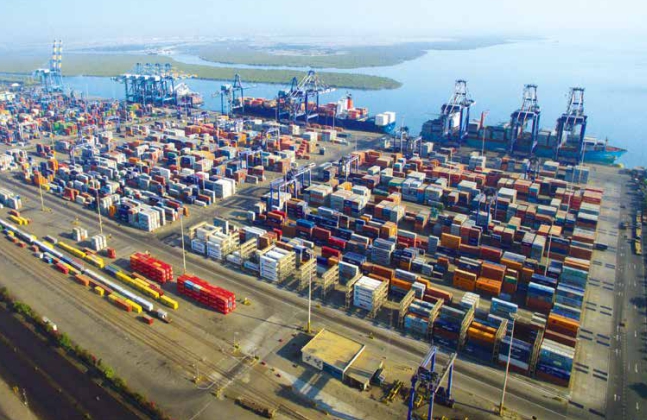[vc_row][vc_column][vc_column_text]
Vietnam remains strategic to the success of Act East policy and much of it cannot be achieved without strengthening sea trade route to the region.
Trade relations between India and Vietnam date back to post-independence era when former Prime Minister Jawaharlal Nehru first visited the South East Asian country in 1954. Over the years, trade pacts have strengthened bilateral trade and trade between the two countries was valued at $7,826.54 million in FY2015-16. Vietnam has become eighth largest export market for India in FY2016- 17 with exports valued at $6,815.43 million, an increase of about 29.42 per cent as compared to previous year.
Major traded commodities
While India’s export commodity basket to Vietnam consists of a diversified portfolio but iron and steel are major traded products, apart from edible and agro products. The two countries have also signed agreements covering defense, IT and space.
Among edible products, bovine meat is the highest export product to Vietnam with volumes touching 1.33 million tonnes in FY2016-17. Interestingly, despite the proximity of ports on the East Coast of India to Vietnam, majority of the meat exports sail from JN Port to Vietnam ports like Hai Phong and Ho Chi Minh. Though trade insiders admit that majority of shipments to Vietnam, end up for consumption in China.
While India and Vietnam are competitors in the international seafood market, but seafood shipments from India, mostly from Andhra Pradesh, Kerala, Tamil Nadu, Odisha and West Bengal to Vietnam have increased as India continues to be a raw material supplier largely to South East Asia, including Vietnam. These countries use Indian raw material to add value and export as retail branded products.
Spices are another prime trade commodity between India and Vietnam, especially in black pepper trade. Spice state Kerala leads in this segment and notably, there are many investors from the state who have invested in spice processing units in Vietnam. One of the reasons for India investing in Vietnam pepper trade is due to higher crop production in Vietnam price of the commodity is lower compared to India. Hence, traders import pepper from Vietnam for re-export from India, and even for domestic consumption. It is expected that pepper import to India stood roughly at 19,000 tonnes in FY2016-17. Moreover, coffee producers like CCL Products India, Tata Coffee and Nestle India source low-priced robusta coffee beans from Vietnam for re-export as value-added instant coffee to Europe, CIS countries, US and Middle East. These companies have also invested in processing units in Vietnam. India’s re-exports between January and May 2017 stood at 24,049 metric tonnes.
India has exported 7,39,282 thousand tonnes of iron and steel to the country. Auto import by Vietnam from India between January-March 2017 was 4,800 units, which has increased four times as compared to previous year. Connectivity, the key to open Eastern trade While on the west coast, ports like JN Port and Cochin have good connectivity to Vietnam, it is time to improve sailing to Vietnamese ports from east coast. India has considered to count cargo trade with neighboring East Asian countries as coastal trade. Currently, few Indian ports are directly connected by shipping lines to Vietnam. Transportation costs and time go up substantially when shipment goes through feeder routes. India needs to explore alternate modes of transit via Myanmar ports as landfall, other than congested Malacca Strait shipping route, involving multimodal transportation to save transit time and cost.
[/vc_column_text][/vc_column][/vc_row]








